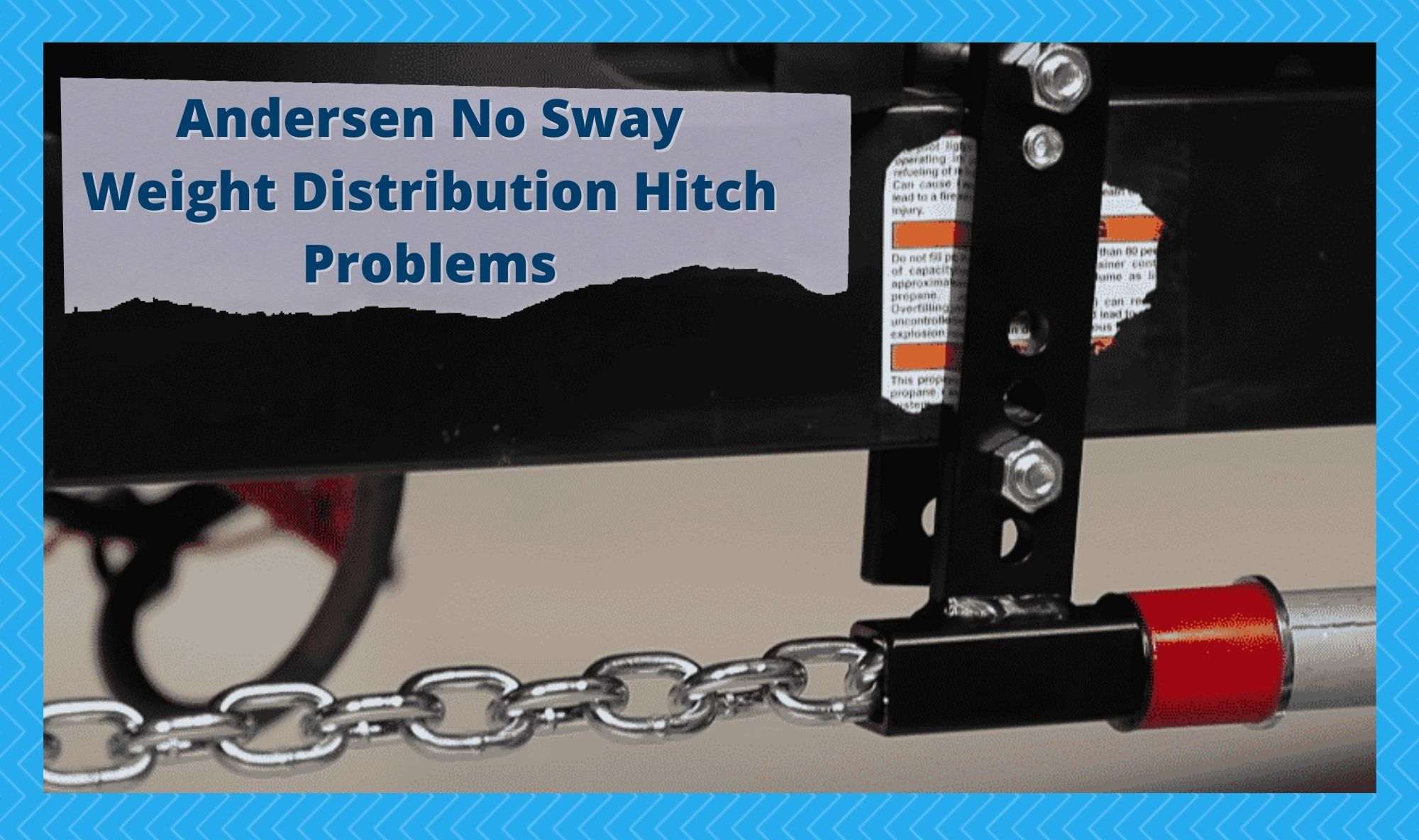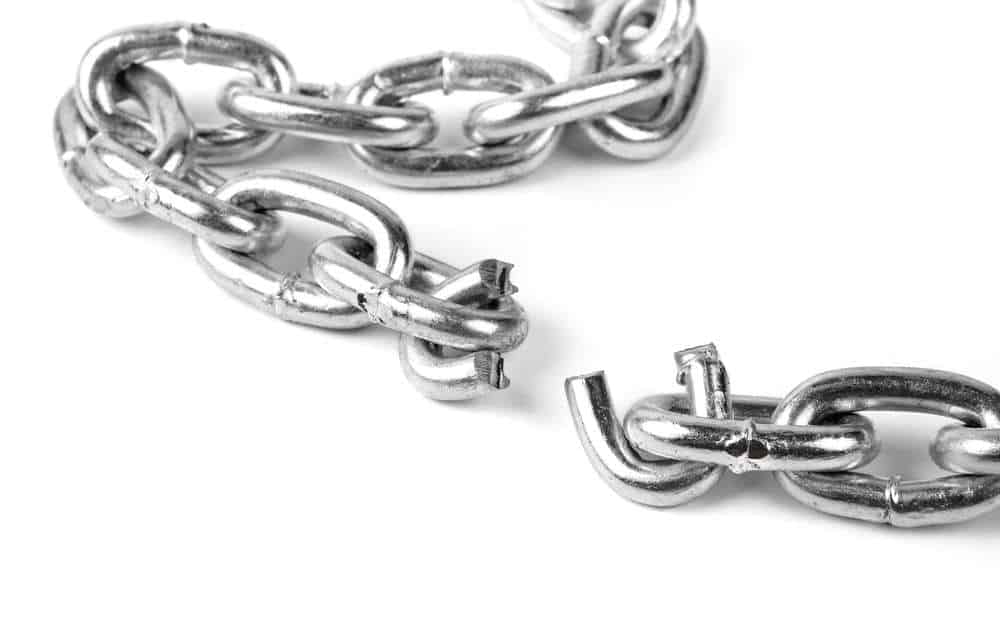
Anderson is a popular pick for buying products like weight distribution hitches, ball mounts, trailer accessories, etc. Their products are of top-notch quality and the devices function very well. One of the best products launched by them is the No-Sway hitch.
What’s A Weight Distribution Hitch?
A weight distribution hitch allows users to distribute the weight between vehicles equally. It’s used to make sure that the tongue weight of your trailer is maintained at a safe 10-15 percent of the total load.
This is important for avoiding losing control of the trailer. Less load can cause the trailer to sway a lot, making it uncontrollable. Meanwhile, adding too much weight leads to the front of the trailer diving forward, leading to the driver losing control.
Do You Need A Weight Distribution Hitch?
If you own large vehicles and often need to tow one vehicle with another or have a trailer that needs to be towed along, then getting a weight distribution hitch is beneficial. This useful device relieves a large part of the stress put on your truck’s bumper in the midst of a heavy tow. This avoids damage to your big automobile.
Beyond this, hitches aid in safety and maneuverability. When this device is fixed in place, drivers can turn, steer, control, and hit the brakes on tandem vehicles and the load both without expending much effort. Some states may also require you to have these hitches by law.
Generally speaking, it’s best to get a weight distribution hitch after comparing the weight of your trailer to the weight of your vehicle. If the vehicle weighs less than twice your trailer or other towing loads, then you need a hitch for safety. For example, a 5,000 lbs truck needs the hitch to tow weights of 2500 lbs or more.
The last thing to keep in mind when purchasing a hitch is that its main goal is to make driving and towing safer. It’s not smart to tow more than the approved towing capacity for your truck, and a hitch won’t help pull more load. You must also take into account the weight of the passengers and payload while calculating the final towing load. A heavy trunk with stuffed boxes also reduces the full towing capacity.
Andersen No Sway Weight Distribution Hitch Problems
Now that you know how important a weight distribution hitch is, it’s best to get one from a trusted brand like Andersen and opt for a No Sway option. That being said, there are a few problems that have been found in these weight distribution hitches . Luckily, they have simple solutions which we’ve mentioned below as well.
1. Supportability Problems
The Andersen No-Sway hitch is an amazing tool that can be installed on most larger motorhomes and trucks . It can reduce sway for large loads and even keep the trailer in place when you’re driving around at high speeds.
However, many people have reported that the system is not working on their motorhomes and that supportability issues are persistent. Talking about this problem, the first thing that you should do is check whether or not the hitch is connected properly.
Sometimes, the user is unaware of the process to install the system. This can result in them having trouble trying to use it. This is why you must follow the manual provided to you with the sway control device.
This should contain all the information required and following the steps should help you in getting rid of your problem. However, in some instances fixing the hitch connection isn’t enough, and the vehicle may be unsupported by the device. If these cannot be installed on your motorhome then unfortunately you will have to either return the product or sell it.
This is exactly why you must check for compatibility with the device before purchasing it. You can check the official website of Andersen Hitches to find some mounts and accessories that they have listed online. Once you find the right No-Sway device, then follow the instructions manual carefully to start using it for safe towing.
2. Device Coming Loose
While installing a sway control device on your vehicle can be a relief for future towing, you must keep a regular check over it. This is because the connections on your Andersen No-Sway can sometimes start to get loose.
This is a common problem, and the best solution is to frequently tighten up the nuts and check them before going for a ride. If you do not do this then the hitch can come off while you are driving- this is dangerous for roads.
Considering this, make a habit of checking over the connections for your hitch at all times. It is also recommended that you take off the hitch once a month and then take a look at your vehicle.
Sometimes, when the weight on your trailer or motorhome is too much then it can start to damage your vehicle. Observing your connection will help you in identifying this after which you can reduce the weight from your trailer.
3. Vehicle Still Swaying
Another common problem that people run into with these hitches is that there is no reduction in sway even after installing the device. This can be annoying, especially since the reason you bought this device was to stop swaying in the first place.
For troubleshooting this issue, the first thing that you should check is the weight distribution for your vehicle. These are essential to get the hitch to start working. You will have to check both the weight of your vehicle as well as the trailer before you can start distributing it evenly. People who do not know about this can take their vehicle directly to a workshop.
The workshop you visit should be able to help you out with the weight distribution and help in reducing the sway of your vehicle. Though, if you are still experiencing the same problem, then it’s likely a case of high load- the Andersen No Sway Hitch does not perform well when it is under a lot of loads.
The device is only made to be used on vehicles that are carrying less weight. Considering this, you can try reducing the weight from both your towed vehicle as well as the truck to help in reducing the sway.
4. Twisting Hitch
Sometimes, after you’ve used the no-sway hitch for months, the hitch can get twisted and shifted from its usual place. This is an indicator of device failure. It’s important to install a new hitch if your old one is twisted and malfunctioning. You can also place a bed liner made out of mat or rubber to prevent the twisting and shifting of Andersen hitch.
Tips For Using The No Sway Weight Distribution Hitch
Now that we’ve discussed common issues with the hitches and how to fix them, we’re sharing some tips and tricks that should help you drive around better with this Andersen hitch.
- Always check the air pressure on your tires before trying to find and fix any problems in the hitch. The air pressure of both your main vehicle and the one being towed should be at optimal levels.
- Never overload your vehicle or trailer. Follow the strict guidelines regarding the load limit. Keep in mind that the total weight includes the weight of your vehicle, the passengers, the trailer, and the tongue weight.
- Try not to drive in windy periods. If you can’t avoid driving in windy weather, then try reducing your speed. If the trailer sways, never immediately hit the brakes- slowing down gradually is the best option.
- If the weather’s windy, avoid increasing the speed as your trailer will sway more. Also, try to keep the steering wheel steady and refrain from making sudden turns. Only apply brakes when trying to reduce trailer sway.





